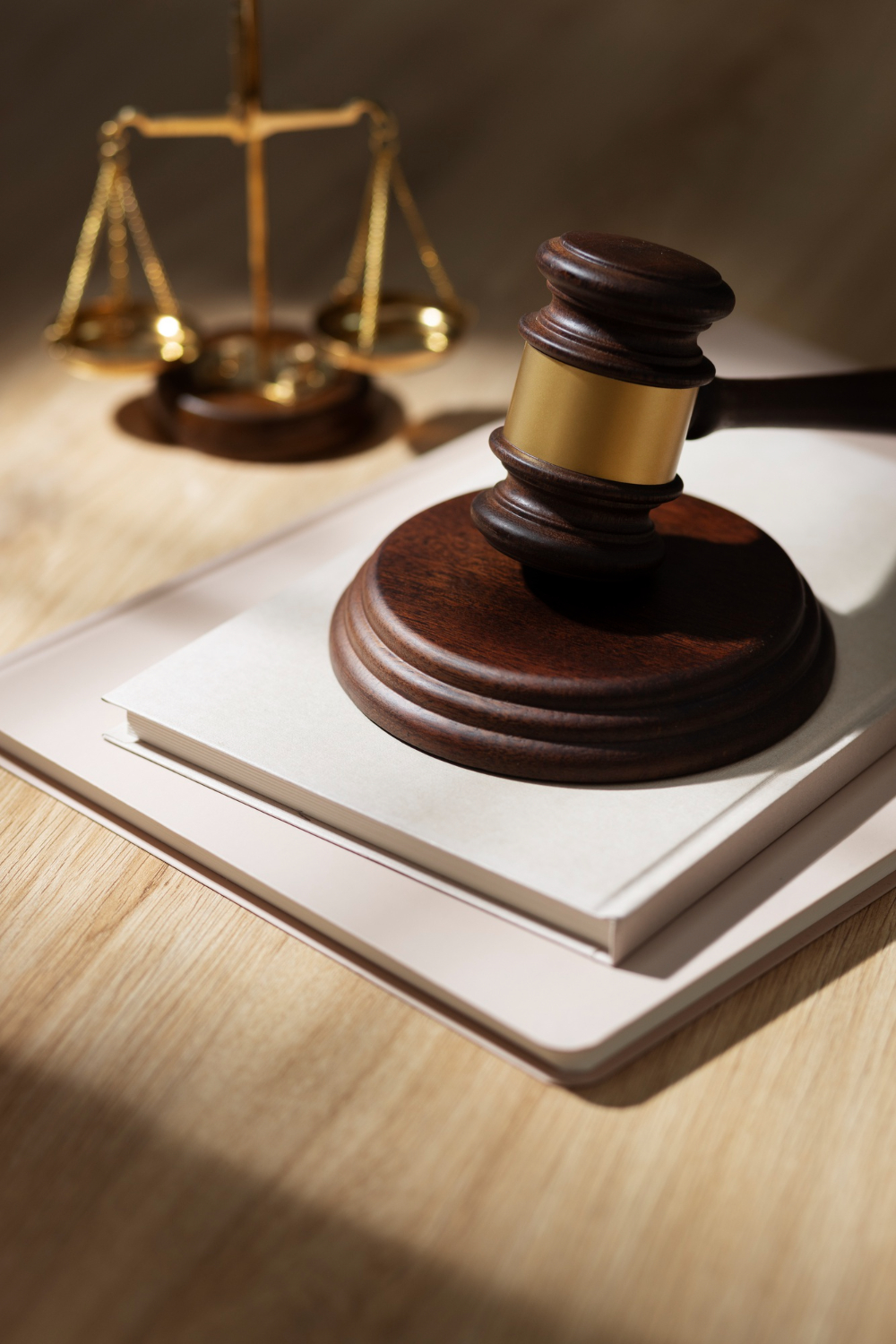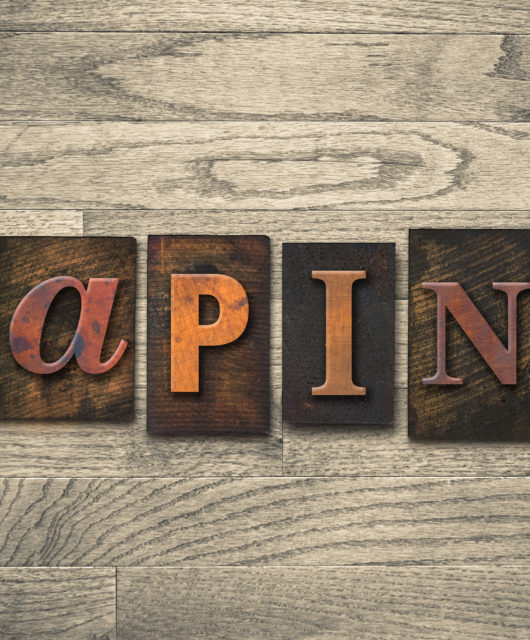Navigating the Complex Waters of Legal Malpractice: An Essential Guide for Clients
 Table of Contents
Table of Contents
- Understanding the Fundamentals of Legal Malpractice
- Protecting Yourself from Legal Malpractice
- The Path to Resolution: Addressing Legal Malpractice
- Learning from the Experiences of Others
- Staying Informed and Updated
Key Takeaways
- Comprehending legal malpractice and its types is crucial for ensuring justice.
- Preventive steps and proactive communication can safeguard clients.
- Pursuing a legal malpractice claim requires an understanding of the specific legal processes.
- Educational resources and learning from past cases offer considerable insights.
Understanding the Fundamentals of Legal Malpractice
Encountering legal malpractice can lead a client through an unexpected and daunting labyrinth of legal dilemmas. When an attorney does not provide professional services with the skill, caution, and diligence that a reasonable and average attorney would employ in the same circumstances, it is considered a breach of contract or fiduciary obligation. There are several kinds of lawyer negligence, ranging from errors in paperwork, inadequate knowledge, or application of the law to more profound issues such as conflicts of interest or misappropriation of client funds. An attorney for lawyer negligence can guide one through the maze if they suspect they’ve been affected by such conduct.
A significant component in any legal malpractice claim is comprehensive knowledge of the legal framework and statutes that govern it. Each state can have different laws and time frames (statutes of limitations) within which one can file a claim. This framework includes standards for professional conduct and negligence that must be adhered to by practitioners of law. Clients must use these laws as a compass to navigate the situation, identifying if their case meets the standards for malpractice and if the occurrence resulted in tangible harm.
Protecting Yourself from Legal Malpractice
Although legal malpractice may seem daunting, clients can take proactive measures to minimize risk. The selection process of an attorney is critical; researching an attorney’s background, success record, and disciplinary history is one of the best forms of defense. Establishing a clear line of discourse and setting expectations upfront fosters a good working relationship and closes gaps through which malpractice may seep. Maintaining a personal understanding of one’s legal proceedings by researching or requesting explanations is also fundamental to staying protected.
Upon suspicion that legal malpractice has occurred, it’s crucial to confront the issue sooner rather than later. Expressing concerns directly, documenting all interactions and decisions meticulously, and ultimately seeking a second legal opinion if necessary are all vital steps in protecting oneself. A second opinion can confirm whether one’s concerns are justified and whether previous counsel may have acted negligently. Taking action swiftly is often crucial to maintaining one’s ability to seek redress for any losses incurred.
The Path to Resolution: Addressing Legal Malpractice
When a client decides that legal malpractice has occurred, the next step is pursuing a claim, which must be approached with patience and tact. A successful malpractice claim hinges on the proof that the attorney failed to act in a manner that a reasonably competent attorney would under similar circumstances and that this failure resulted in a detrimental outcome for the client. As one navigates these treacherous waters, compiling a log of evidence, such as communications, documented advice, and a timeline of events, becomes critical to build a sturdy case.
Courtrooms are not the only arena where legal malpractice issues can be contested and settled. An amicable outcome can be achieved mainly through alternative conflict resolution procedures like arbitration or mediation. These forums offer a platform for the parties to discuss and negotiate a resolution in a less formal and often less stressful environment than a traditional court setting, allowing for tailored solutions that can save time, money, and relationships.
Learning from the Experiences of Others
History, as they say, often repeats itself. The legal community and clients can benefit from hindsight by examining landmark legal malpractice cases. These cases illuminate the fine line between mere dissatisfaction with legal outcomes and genuine negligence. For example, the growth in attention to legal malpractice claims is evidenced in a recent report by the ABA Journal, highlighting industry trends and the critical nature of these claims. These resources serve as invaluable reference points for understanding the nuances involved in legal malpractice and can guide clients and attorneys in preventing similar issues.
Staying Informed and Updated
The legal landscape continuously evolves, with shifts in societal norms, the introduction of new laws, and unforeseen circumstances like the COVID-19 pandemic influencing the field significantly. This pandemic led to novel legal challenges and interim procedures, precipitating a spike in legal malpractice claims, as noted by a detailed survey on Law.com. Thus, staying abreast of legal industry news, rulings, and changes is crucial for clients and lawyers. Engaging in lifelong learning and staying vigilant to the ever-changing nature of legal practice will benefit clients looking to avoid pitfalls in their legal journeys.









